Abstract
There are various different conditions that can lead to shoulder pain. The most common cause is rotator cuff disease, including impingement syndrome and rotator cuff tear. For satisfactory treatment outcome, it is important to understand the pathophysiology of rotator cuff disease and the treatment method must be based on these understandings. Frozen shoulder and calcific tendinitis are also common causes of shoulder pain. Because of self-healing abilities of these diseases, the treatment may be passive and neglected. However, without proper management, complications can remain, such as stiffness and pain. Even though various conservative treatments have yielded satisfactory results, surgical treatment should be considered if these have failed.
References
1. Bjelle A. Epidemiology of shoulder problems. Baillieres Clin Rheumatol. 1989; 3:437–51.
2. van der Windt DA, Koes BW, de Jong BA, Bouter LM. Shoulder disorders in general practice: incidence, patient characteristics, and management. Ann Rheum Dis. 1995; 54:959–64.
3. Watters DA, Brooks S, Elton RA, Little K. Sports injuries in an accident and emergency department. Arch Emerg Med. 1984; 1:105–11.
4. Mitchell C, Adebajo A, Hay E, Carr A. Shoulder pain: diagnosis and management in primary care. BMJ. 2005; 331:1124–8.
5. Itoi E, Minagawa H, Yamamoto N, Seki N, Abe H. Are pain location and physical examinations useful in locating a tear site of the rotator cuff? Am J Sports Med. 2006; 34:256–64.
6. Sakai H, Fujita K, Sakai Y, Mizuno K. Immunolocal-ization of cytokines and growth factors in subacromial bursa of rotator cuff tear patients. Kobe J Med Sci. 2001; 47:25–34.
7. Fukuda H, Hamada K, Nakajima T, Tomonaga A. Pathology and pathogenesis of the intratendinous tearing of the rotator cuff viewed from en bloc histologic sections. Clin Orthop Relat Res. 1994; (304):60–7.
8. Kessel L, Bayley I, Young A. The upper limb: the frozen shoulder. Br J Hosp Med. 1981; 25:334,336–7,339.
9. Patte D, Goutallier D. Periarthritis of the shoulder. Calcifications. Rev Chir Orthop Reparatrice Appar Mot. 1988; 74:277–8.
10. Rowe CR. Calcific tendinitis. Instr Course Lect. 1985; 34:196–8.
11. Jiang CY, Geng XS, Wang MY, Rong GW, Flatow EL. Close needling for the treatment of calcifying tendinitis. Zhonghua Wai Ke Za Zhi. 2003; 41:346–50.
12. Loew M, Daecke W, Kusnierczak D, Rahmanzadeh M, Ewerbeck V. Shock-wave therapy is effective for chronic calcifying tendinitis of the shoulder. J Bone Joint Surg Br. 1999; 81:863–7.




 PDF
PDF ePub
ePub Citation
Citation Print
Print


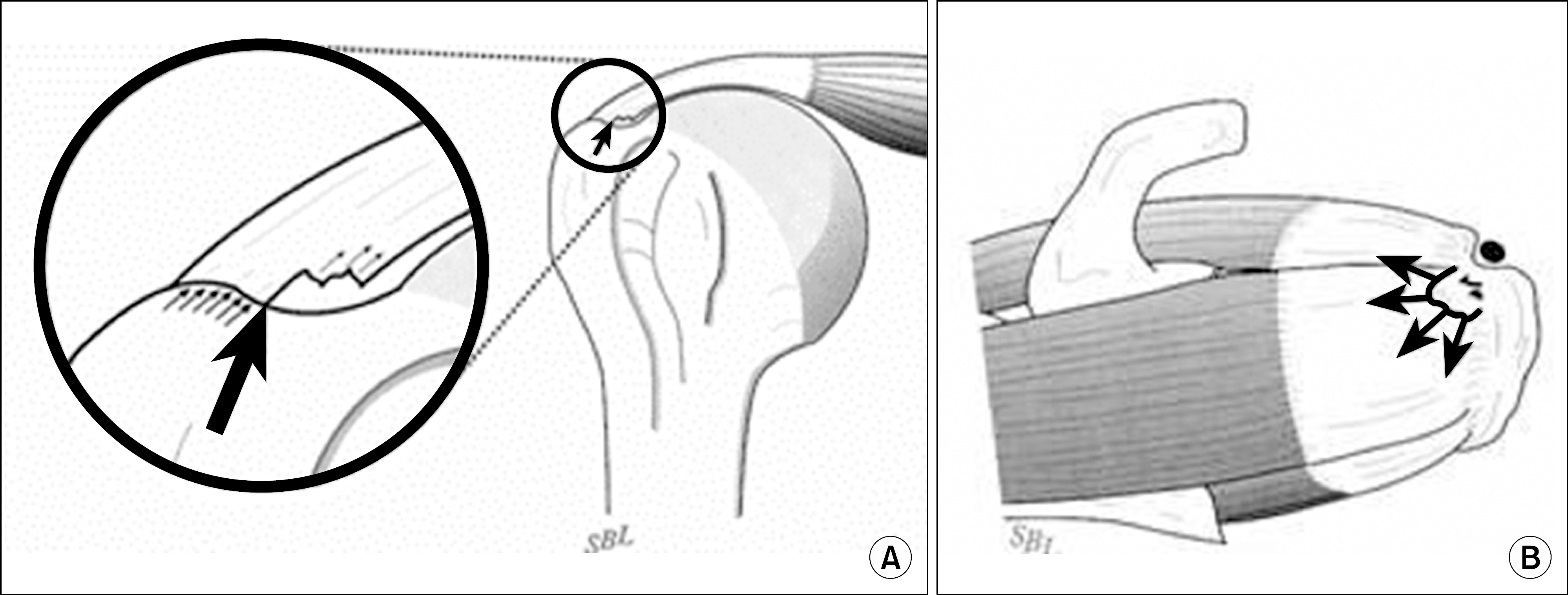
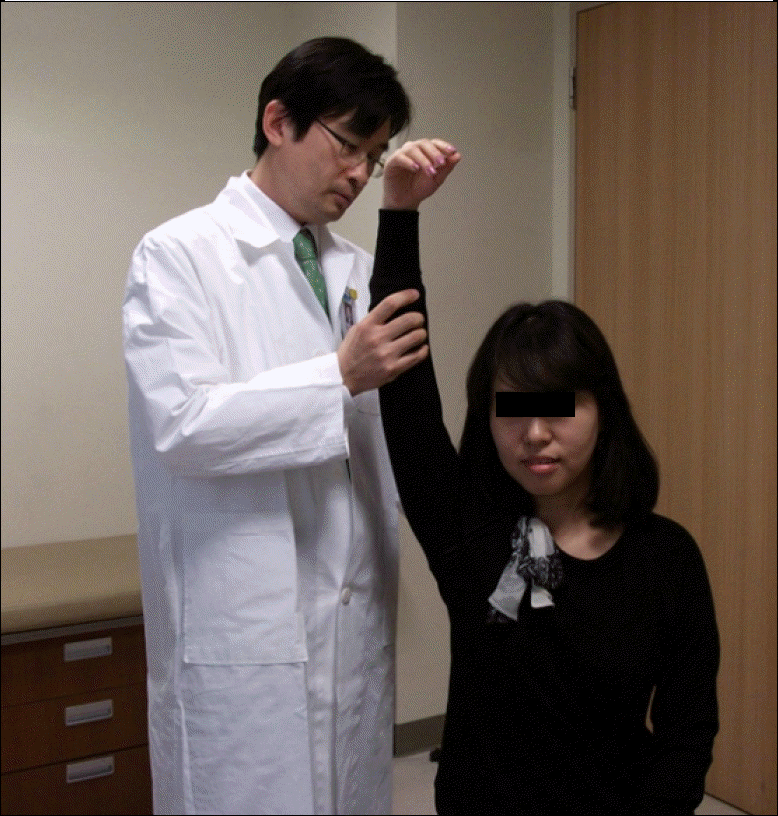
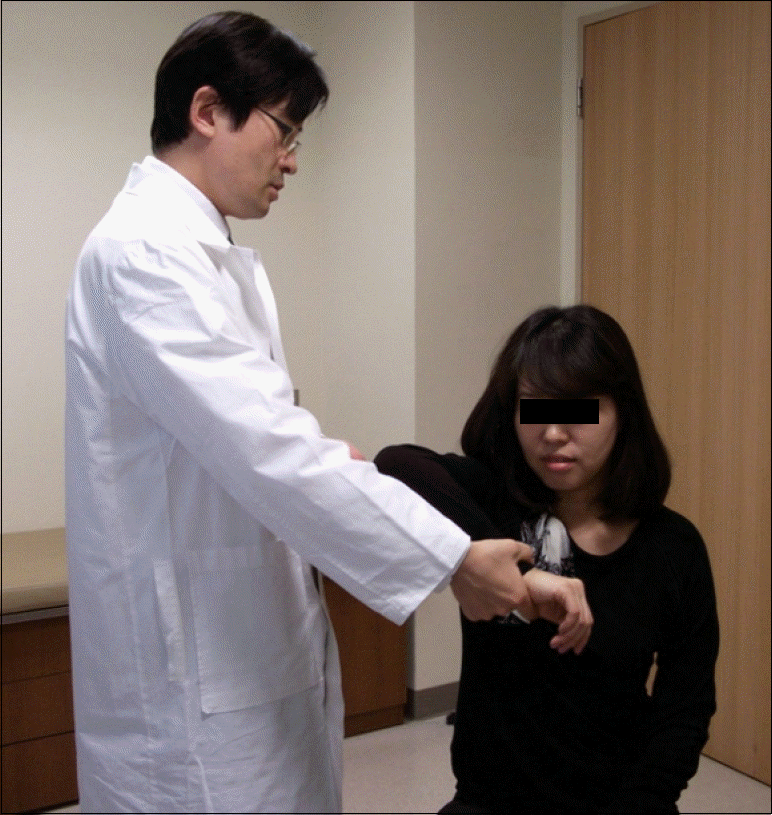
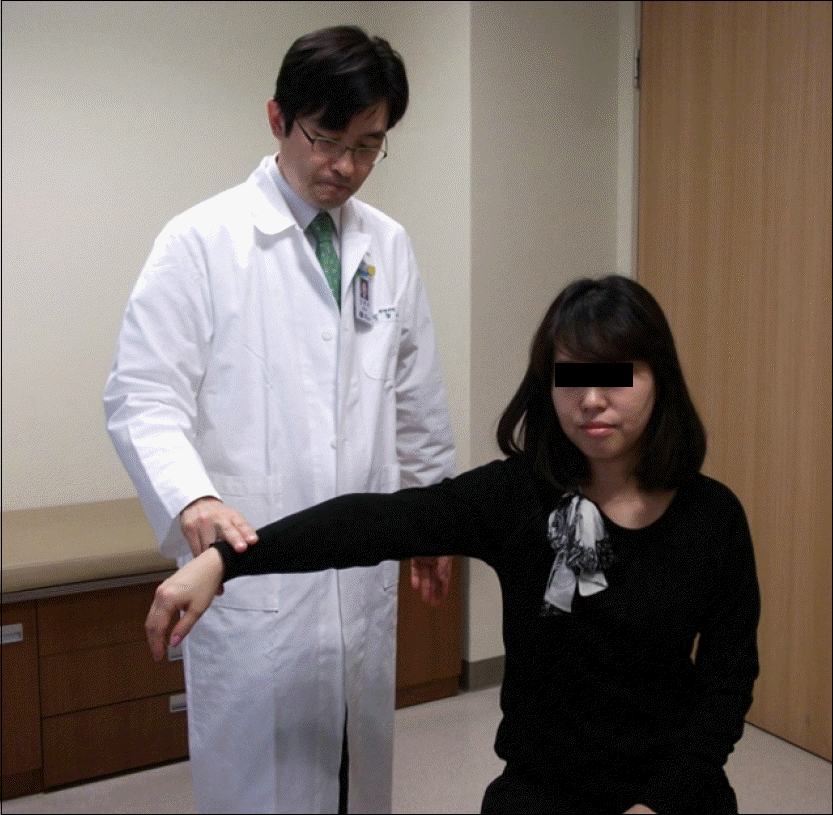
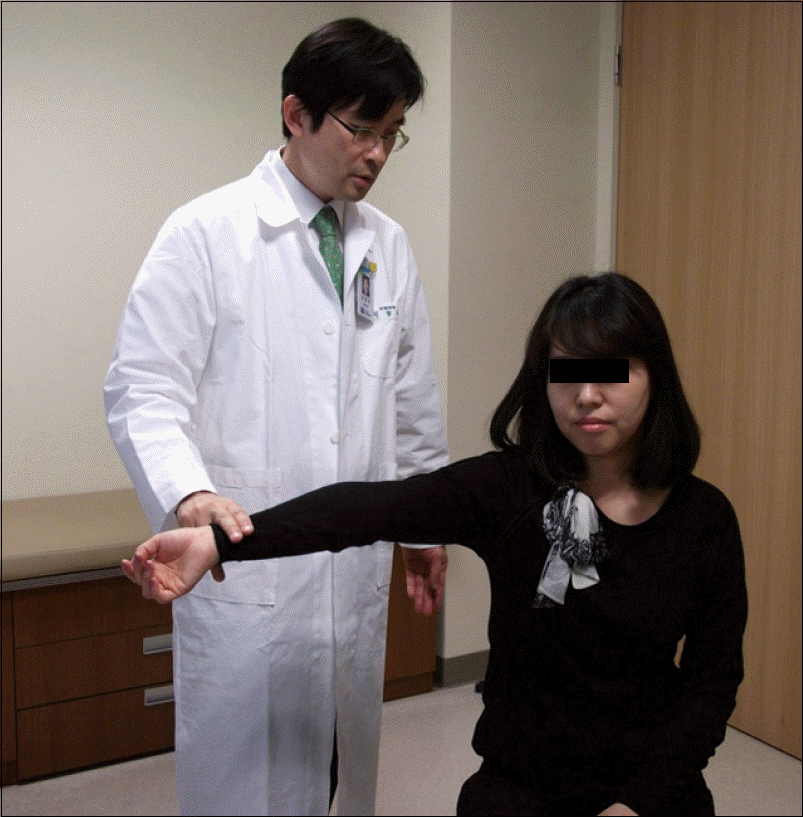
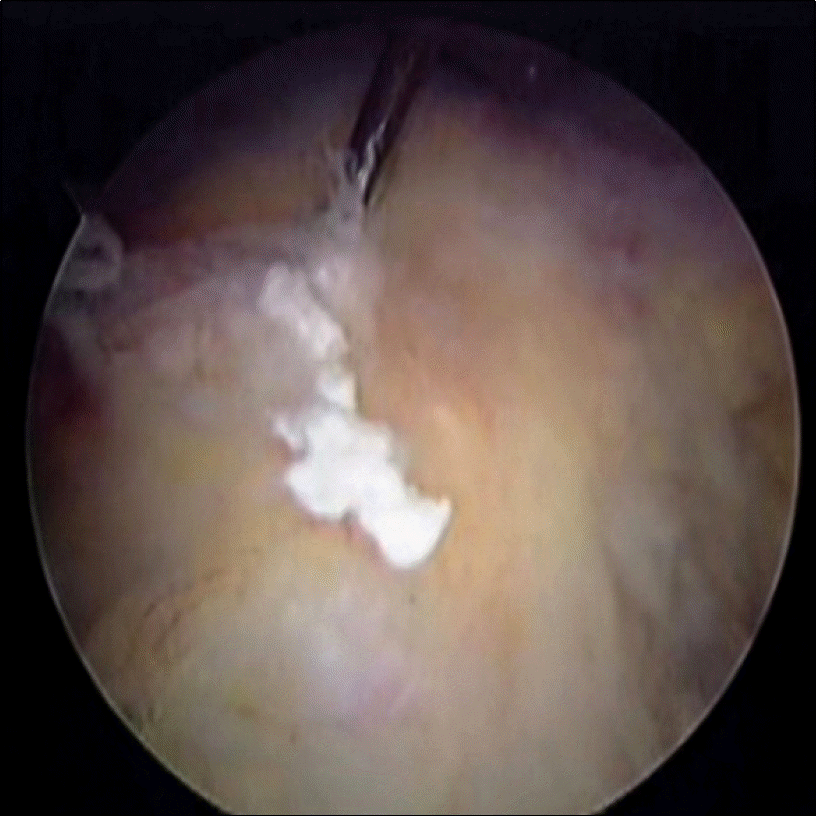
 XML Download
XML Download